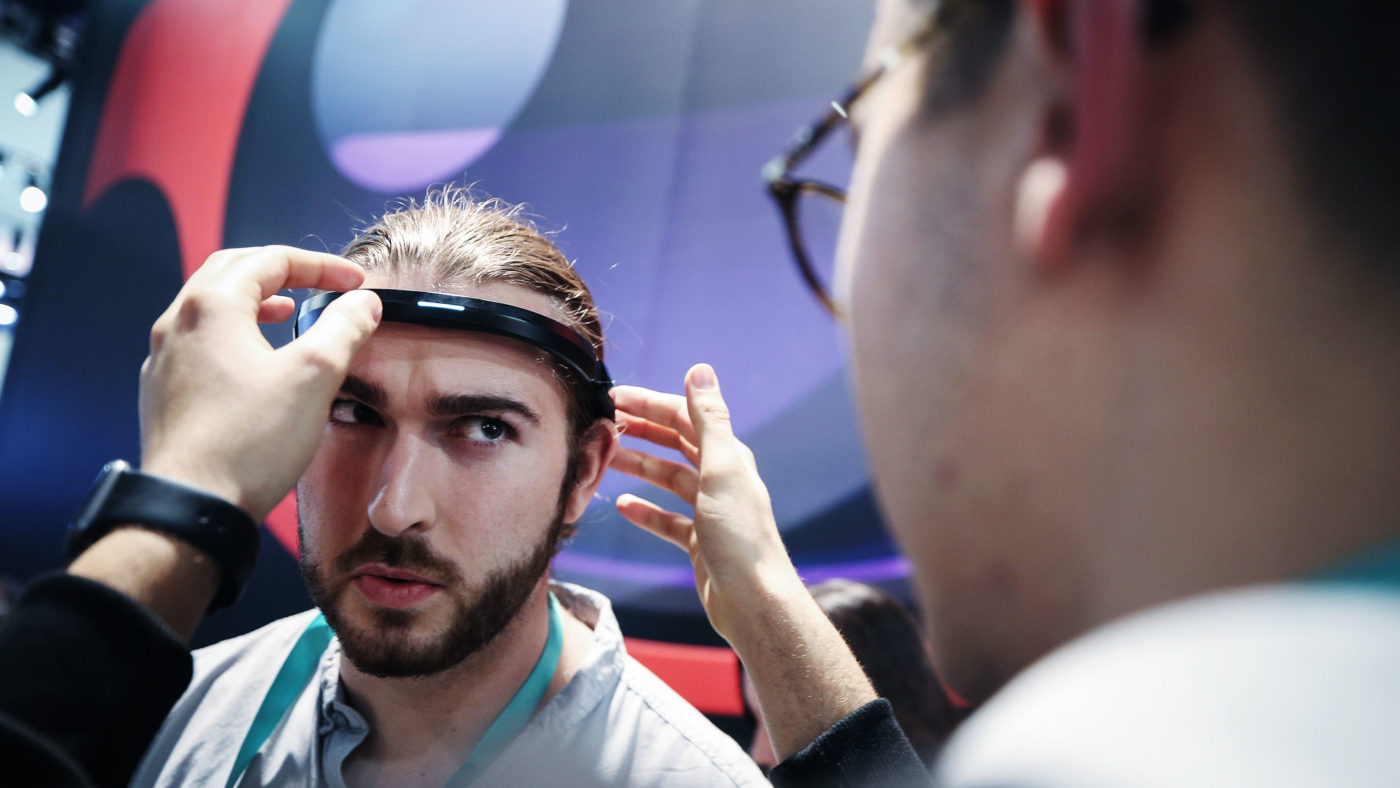Most innovation policy focuses on those who are already innovating, simply tinkering with the incentives they face or funding they receive so that they apply themselves to particular industries. Yet to increase the total number of innovators, we must look further upstream, to the decisions young people make when embarking upon their careers. Encouraging people to self-identify as innovators, and to pursue innovation as a career should be one of the major aims of any innovation policy.
Indeed, it may be the most cost-effective approach that any government can take. Titles and recognition, after all, cost almost nothing to bestow, while potentially having a major influence on people’s attitudes towards an activity. At present, innovation rarely brings any inherent fame or financial success, and tends to be neglected by existing status-conferring institutions too. The government’s aim, then, should be to make innovation a more viable and attractive career path, not just financially, but in terms of the social standing and prestige that it brings — something that the Crown could do through the British honours system, and that government could support in terms of innovation’s visibility via exhibitions of industry.
Innovators today are occasionally recognised by the honours system, but only rarely, and often as a result of their philanthropic activities rather than for the innovations they have created to improve people’s lives. Honours appointments overwhelmingly recognise people’s political service, and charitable activities, or confer additional prestige on already-visible careers in music, sport, literature, or acting.
Charity and service are of course praiseworthy activities and deserve recognition, but as it currently stands, the honours system does little, if anything, to raise the status of inventors and innovators, whose achievements are typically much less obvious or well-known. The Queen’s Awards for Enterprise fail in this regard too. Although one of their principal categories is for innovation, they are awarded to businesses rather than to individuals, and only by Lord-Lieutenants rather than by members of the Royal Family. They thus give firms some favourable PR, and might be sought after by a CEO or manager, but they do nothing to motivate people to embark on careers as inventors.
One easy solution would be to create an entirely new order of chivalry, in parallel to the OBE, with its own knights, dames, commanders, officers, and members, specifically designed to recognise the achievements of inventors and innovators. At an estimated cost of about £66,000 per year, but with the potential to significantly raise the status and visibility of inventors, establishing this new honour is likely the most cost-effective policy that the government could adopt to promote innovation.
Another solution to raise the visibility and status of innovation would be to periodically hold major national events that highlight the UK’s inventive achievements. Such a strategy was successfully employed by France in the early 19th century to catch up with Britain’s rapid industrialisation. It was also the original motivation behind the Great Exhibition of 1851, famous for its Crystal Palace. Although World’s Fairs, the successors to the Great Exhibition, continue to this day, their motives and organisation have changed substantially. They tend to be highly curated events, aimed largely at promoting countries’ image and reputation.
By contrast, the original exhibitions focused on industry, with significant contributions from manufacturers. They highlighted inventive achievements and new commercial products, materials, and scientific findings, which visitors could see in the same place and compare. Manufacturers could use the events to identify the technologies they needed to adopt in order to keep up with the cutting edge of innovation. Consumers were likewise exposed to the best new products, thereby raising their demands upon producers. And governments were able to use the events to provide a snapshot of developing technology, identifying lagging industries that might require policy intervention to help them to keep up, while highlighting industries worthy of celebration.
Exhibitions of industry thus serve a number of useful roles. They directly encourage innovation through firms emulating one another, so as not to be seen as laggards. They create demand for innovative products, by exposing consumers to things they may not have been aware of. They provide useful information to governments in formulating their innovation policies. And they raise the status and visibility of innovation. Just like the creation of a new honour for inventors, they are likely to be highly cost-effective. The Great Exhibition of 1851, for example, was entirely self-financed through loans, subscriptions, and ticket sales. The role that the government should play in such an event is in enabling it to take place, possibly with some funding, but largely by ensuring that it has the appropriate infrastructure, site permissions, and high-level political backing.
Seeing Is Believing
A great exhibition of today would be the equivalent of all existing industry-specific fairs combined. Like the popular Consumer Electronics Show, but for everything.
It would be a place where visitors would actually get to see drone deliveries in action, take rides in driverless cars, experience the latest in virtual-reality technology, play with prototype augmented-reality devices, witness organ tissue and metals and electronics being 3D-printed, and watch industrial manufacturing robots in action. They could have a taste of lab-grown meat at the food stalls, meet cloned animals brought back from extinction, perform feats of extraordinary strength wearing the same exoskeletons used in factories, fly in a jet-suit, and listen to panel interviews with people who have experienced the latest in medical advancement.
Perhaps a commercial space launch using the latest technology might be timed to coincide with the event, to be livestreamed on a big screen for all visitors to see. And visitors would, naturally, meet the inventors, scientists and engineers who developed it all, inspiring the next generation to dream bigger and go further still.
Click here to subscribe to our daily briefing – the best pieces from CapX and across the web.
CapX depends on the generosity of its readers. If you value what we do, please consider making a donation.


